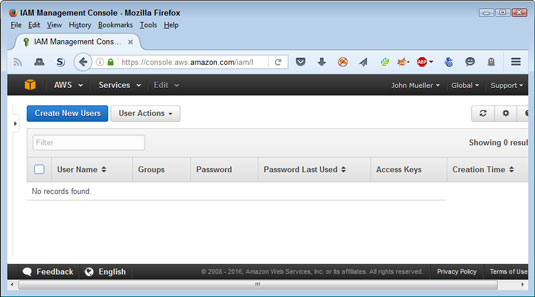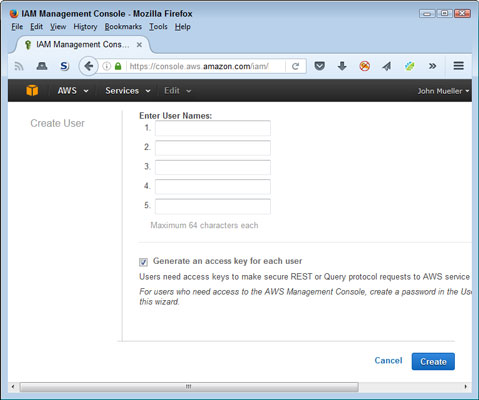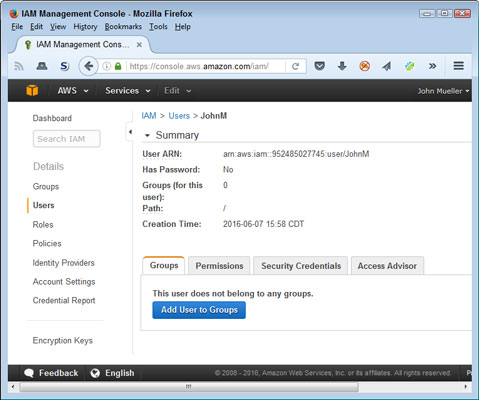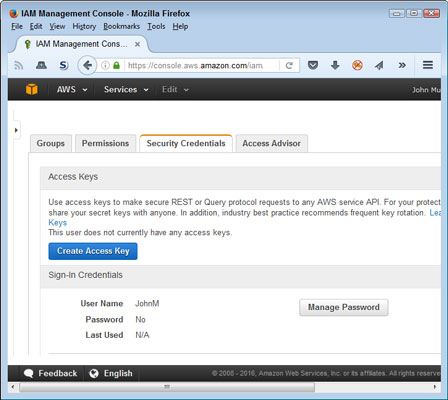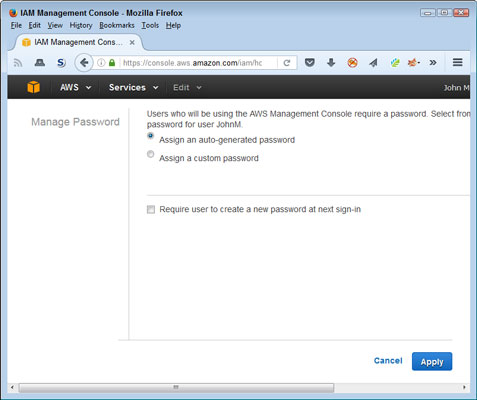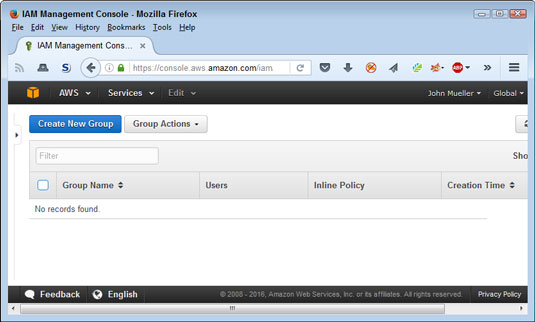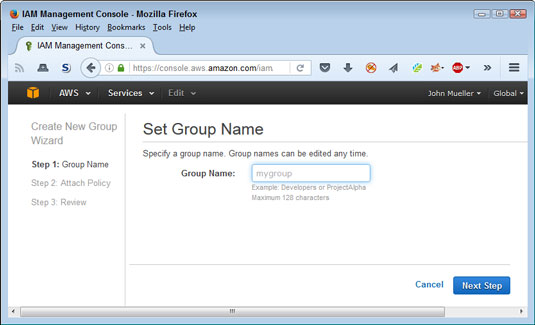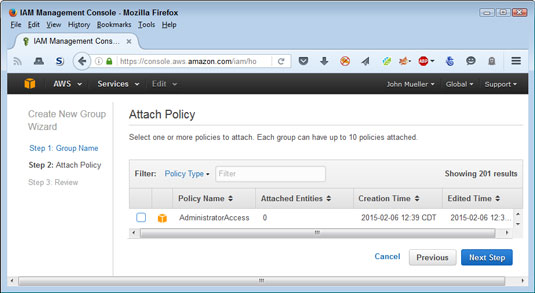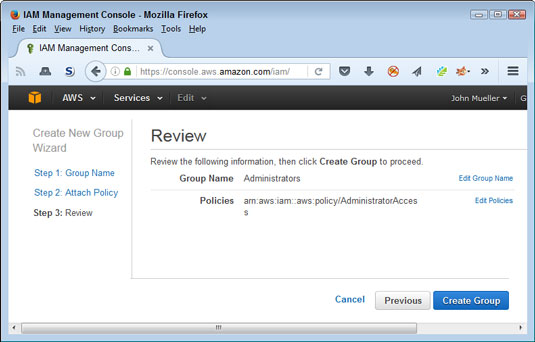When Donald Trump tweets, PR departments tremble in their designer footwear. “Pretty much everybody is dreading being the subject of a tweet,” said Kristin Dziczek of the Michigan-based Center for Automotive Research. “Getting hauled out into the court of public opinion with virtually no warning is not something anybody wants to get engaged with.”
No wonder: if, like General Motors, Ford or Toyota, you’re a car-maker manufacturing outside the US, having the president-elect attack your business model and threaten you with a massive tax bill (eg: “General Motors is sending Mexican-made model of Chevy Cruze to US car-dealers tax free across border. Make in USA or pay big border tax!”) is calamitous.
But not everybody need fear the tweeter. Meryl Streep couldn’t buy better publicity than __have Trump tweet that she is “one of the most over-rated actresses in Hollywood, doesn’t know me but attacked last night at the Golden Globes”. Truly, there is literally nothing that makes me want to programme a double bill of Sophie’s Choice and Out of Africa more than reading that. As someone – whose spell checker doesn’t work – counter-tweeted: “havnt you got a job to do like running a country isntead of bitching like some z list celebrity, im embaressed for you”, with good reason.
In his eight years on Twitter, Trump has sent 34,300 tweets to followers now counted at 19.2 million, attacking 61 companies or brands. Among them the BBC (“a scandal ridden wasteland – a one-sided piece of garbage!”), the makers of Glenfiddich (“We are getting rid of all Glenfiddich garbage alcohol from Trump properties”), Coca-Cola (“The Coca-Cola company is not happy with me – that’s OK, I’ll still keep drinking that garbage”) and – love this – Twitter: “Wow, Twitter, Google and Facebook are burying the FBI criminal investigation of Clinton. Very dishonest media!”
Why does Donald diss? Trump has “like many bullies, a skin of gossamer”, observed Graydon Carter, the editor of Vanity Fair and longtime Trump enemy. On the plus side, let’s not forget, he is quite the wordsmith. “I hope everybody possible cancels their subscription to the failing, boring abd [sic] totally biased New York “Ragazine” – SAVE YOUR MONEY!” Did you see what he did there? “Ragazine”? Genius. And caps lock? Nice touch.
Whether Trump grows a thicker skin and stops using what Carter once described as his “abnormally stubby” fingers to terror-tweet from the Oval Office remains to be seen. But many must be hoping not. After all, for some, a late-night, rancorous terror-tweet from the most powerful man on Earth is just the thing to keep shareholders sweet. Here are some people and brands who got a bump thanks to Trump.
John Lewis
Last week, the Democrat congressman and civil rights veteran told NBC that he did not regard the recent election as legitimate and was not planning to attend Trump’s inauguration this Friday. “I think the Russians participated in helping this man get elected. And they helped destroy the candidacy of Hillary Clinton,” he said. Furious, Trump tweeted: “Congressman John Lewis should spend more time on fixing and helping his district, which is in horrible shape and falling apart. All talk, talk, talk – no action or results. Sad!”
Lewis responded at a memorial breakfast on Martin Luther King Day this week with a speech in which he didn’t deign to name Trump, but clearly alluded to him: “So I say to the future leaders of this state, the future leaders of this nation, of the world – you must never, ever hate. The way of love is a better way. The way of peace is a better way,” he said.
One result of the row is that March, Lewis’s graphic novel about the US civil rights movement, shot from 451st place in the overall bestseller lists to No 1, while his memoir Walking the Wind: A Memoir of the Movement rose 8,699 places to No 2. Further down the charts, his 2012 book Across That Bridge: Life Lessons and a Vision for Change, which recounts lessons learned as an activist, leapt from 34,480 to 175 in the overall bestseller list on Amazon.com and took top spot on the online bookseller’s philosophy of ethics and morality chart.
Think of it this way: some industry experts __have been sceptical about whether a Trump presidency will be good for American business. But, in fact, even before he takes office, Trump is having a positive impact. Albeit unwittingly.
Vanity Fair
Restaurant critic Tina Nguyen once accepted a dare to eat an eyeball that a butcher had popped out of the skull of a roasted pig. “That eyeball,” she wrote, “tasted better than the Trump Grill’s Gold Label Burger, a ... short-rib burger blend moulded into a sad little meat thing, sitting in the centre of a massive, rapidly staling brioche bun, hiding its shame under a slice of melted orange cheese. It came with overcooked woody batons called ‘fries’ – how can someone mess up fries? – and ketchup masquerading as Heinz. If the cheeseburger is a quintessential part of America’s identity, Trump’s pledge to ‘make America great again’ suddenly appeared not very promising.”
Nguyen’s review appeared in Vanity Fair under the headline “Trump Grill could be the worst restaurant in America” (just imagine the competition for that title) before Christmas, prompting Trump to tweet: “Has anyone looked at the really poor numbers of @VanityFair magazine. Way down, big trouble, dead! Graydon Carter, no talent, will be out!”
Unfortunately for Trump’s thesis, someone looked at Vanity Fair’s numbers and found that the magazine was not in trouble. Its website had 14.3 million unique visitors in October 2016, a 26% increase since October 2015, and more than double its October 2014 traffic. And paid circulation averaged 1.2m for the first six months of 2016, slightly higher than it was five years ago. The Condé Nast lifestyle magazine is bucking the trend of the print magazine sector beset by falling advertising revenues and plummeting sales.
But Trump’s tweet was only the latest salvo in a feud between him and Carter dating back more than a quarter of a century. When the former was an upcoming Manhattan real estate magnate, the latter was a writer for the satirical Spy magazine amused by Trump’s “vainglorious self-image”. “Just to drive him a little bit crazy,” recalled Carter, “I took to referring to him as a ‘short-fingered vulgarian’.” Carter still receives letters from Trump. “There is always a photo of him — generally a tear sheet from a magazine. On all of them he has circled his hand in gold Sharpie in a valiant effort to highlight the length of his fingers. I almost feel sorry for the poor fellow because, to me, the fingers still look abnormally stubby.” Just before Trump decided to stand for the Republican presidential nomination, Carter got the latest. “Like the other packages, this one included a circled hand and the words, also written in gold Sharpie: ‘See, not so short!’ I sent the picture back by return mail with a note attached, saying, ‘Actually, quite short.’ Which I can only assume gave him fits.”
When Carter invested in prominent restaurants in Manhattan, it wasn’t long before Trump delivered his assessment. “Worst food in city,” Trump wrote about the Waverly Inn in 2013. For the past four years, the tweet has been printed at the top of the Waverly Inn menu – presumably for its diners there could be no greater enticement to eat there than the short-fingered vulgarian’s opprobrium.
American Civil Liberties Union
Last week, the ACLU announced it had received more than $7.2m (£5.8m) from 120,000 individual donations. “This is the greatest outpouring of support for the ACLU in our nearly 100-year history, greater than the days after 9/11,” said the union’s executive director, Anthony Romero.
Why now? Because many are worried about what Trump will do to American civil liberties. Writing in the New York Review of Books, the ACLU’s incoming legal director, David Cole, said: “Will he be able to put in place all the worst ideas he tossed out so cavalierly on the campaign trail? Building a wall; banning and deporting Muslims; ending Obamacare; reneging on climate change treaty responsibilities; expanding libel law; criminalising abortion; jailing his political opponents; supporting aggressive stop-and-frisk policing; reviving mass surveillance and torture?” Not on Professor Cole’s watch.
He could well be a busy man. The day after Trump’s election, the ACLU tweeted: “Should President-elect Donald Trump attempt to implement his unconstitutional campaign promises, we’ll see him in court.”
New York Times
Vanity Fair isn’t the only part of the lamestream media to be getting a boost thanks to Trump. Subscriptions to the Gray Lady have soared by 132,000 since Trump’s election – a tenfold rise on the previous year, even though he had claimed that the paper was failing, and railed against it for backing Hillary Clinton. “Far from failing,” retorted Mark Thompson, the Times’s CEO, “we’re seeing remarkable response”.
Just maybe Trump has helped end the post-truth era he arguably created and is inadvertently helping catalyse the revival of quality journalism in an era dominated by the kind of fact-unchecked Twitter rants so virtuosically pioneered by the president-elect. Yeah, right. Let’s not go nuts.
Hamilton
In November, vice-president elect Mike Pence took in a Broadway show. According to Trump, it didn’t go well. “The cast and producers of Hamilton, which I hear is highly overrated, should immediately apologise to Mike Pence for their terrible behavior,” he tweeted.
Hold on. Who told Trump the musical was overrated? Presumably not his daughter Ivanka, who saw the show earlier in the year and wrote that it had surpassed her expectations. An unlikely Broadway hit about Alexander Hamilton, one of America’s founding fathers, the hip-hop musical by Lin-Manuel Miranda has an intriguingly anachronistic multi-ethnic cast and last year it won 11 Tony awards.
No matter. “The theatre must always be a safe and special place. The cast of Hamilton was very rude last night to a very good man, Mike Pence. Apologise!” Trump said, in a followup tweet. According to Miranda, though, there was nothing to apologise for. “When we found out he was coming, we welcomed him, we asked him to lead on behalf of all Americans and we related to him the anxieties that some of us feel,” he said.
Trump’s attack hasn’t harmed the show. It may have had the opposite effect. Hamilton took in more than $3m over the holiday season. And its Chicago run has sold out months in advance. Bookings have just opened for its London run, which starts in November. Just possibly, Trump is inadvertently doing his bit for American exports.
Planned Parenthood
The women’s health service provider has 2.5 million patients and has long been in the incoming administration’s crosshairs. “I long for the day that Roe v Wade is sent to the ash heap of history, when we move past the broken hearts and the broken lives of the past 38 years,” Mike Pence said in 2011. During his primary campaign, Trump said he believed there should be “some form of punishment” for a women who had abortions.
Last week, House speaker Paul Ryan said that Republicans would legislate to defund Planned Parenthood as part of their attempt to repeal the Affordable Care Act.
One unintended consequence of such remarks and attacks on Planned Parenthood is a rise in donations. Some 20,000 have been made in Pence’s name to Planned Parenthood. According to the artist Bethany Cosentino, Pence gets a certificate for each donation. I don’t know how big the Veep’s office is, but he may have run out of wall space to display them all.
Megyn Kelly
“You’ve called women you don’t like fat pigs, dogs, slobs and disgusting animals,” said the then Fox News host to Trump when she moderated the first Republican primary debate in 2015. Trump didn’t like her journalistic tone and fired back on Twitter: “Wow, @megynkelly really bombed tonight. People are going wild on Twitter! Funny to watch.” But it didn’t end there: he later branded her “overrated”, “angry”, “crazy” and “a bimbo”. In a later interview, he implied that she had been hostile to him because she was menstruating, saying she “had blood coming out of her eyes, blood coming out of her wherever”.
Kelly described the abuse as “an attempt at bullying” that failed, and blamed Trump’s social media director, Dan Scavino, for encouraging hostile and abusive elements online. After a heated exchange between Kelly and Trump ally Newt Gingrich in October, Scavino issued an ominous tweet: “Megyn Kelly made a total fool out of herself tonight – attacking Donald Trump. Watch what happens to her after this election is over.”
Kelly said she received death threats and obscene phone calls after her run-in with Trump and that she and her children had been under armed guard for 16 months as a result. “I understand he’s a fighter, he’s a counter-puncher, I get all that – but even then he has such power that a single tweet can unleash hell in somebody’s life,” she said.
What did happen to Kelly after the election? Nothing like the career-ruining nightmare Scavino seemed to be suggesting. This month, she quit Fox News for NBC, where she will host a daily daytime show and a Sunday news magazine programme. It’s not clear how much she will earn, but she was reportedly in contract talks with Fox seeking $20m and had been due to collect $15m for the final year of her contract. Most likely, while Kelly’s run-in with Trump was hell for her and her family, it didn’t damage her professional standing or earning power. Quite possibly the reverse.
Saturday Night Live
Late last year, Trump tweeted about Saturday Night Live. “Time to retire the boring and unfunny show. Alec Baldwin portrayal stinks. Media rigging election!” Is there any greater praise that a satirist can get than the target whining on social media about how he’s portrayed? Of course there isn’t. True, if us in the media did in fact rig the election we did a useless job at it, but let’s not go there.
Trump’s gossamer skin prickled anew this week. “Saturday Night Live is the worst of NBC. Not funny, cast is terrible, always a complete hit job. Really bad television!” he tweeted. His incoming press secretary, Sean Spicer, was singing from the same hymn sheet: “It’s gone from being funny to just bad. Those aren’t jokes. They’re inappropriate,” he told Fox News. “I think for a lot of people, regardless of your political persuasion, that’s not what you’re tuning in for.”
Sean, baby, you could not be more wrong. The latest season of the long-running satirical show was an eight-year high. Some 8.3 million viewers watched the season premiere in October, making it the highest-rated SNL season premiere among 18 to 49-year-olds since 2013.
Why is it doing so well? Chiefly because of Alec Baldwin’s performance as the Donald. He’s proved even more hilarious as Trump than Fey’s impersonation of Sarah Palin, than Larry David’s take off of Bernie Sanders or even the half-naked guy who impersonates Vladimir Putin.
Most recently, Baldwin sent up the Donald’s recent, calamitous first press conference as president-elect. “I’d like to ask you about your big Russian pee pee party,” asked the first reporter. “I don’t want to talk about the pee pee,” responded Baldwin’s Trump. “I want to talk about jobs. I am going to bring back a thick stream of jobs to this country. This country will literally be showered with jobs. Because I’m a major whizz at jobs.” And he is too: Trump’s going to be keeping Baldwin in work for the forseeable future.
